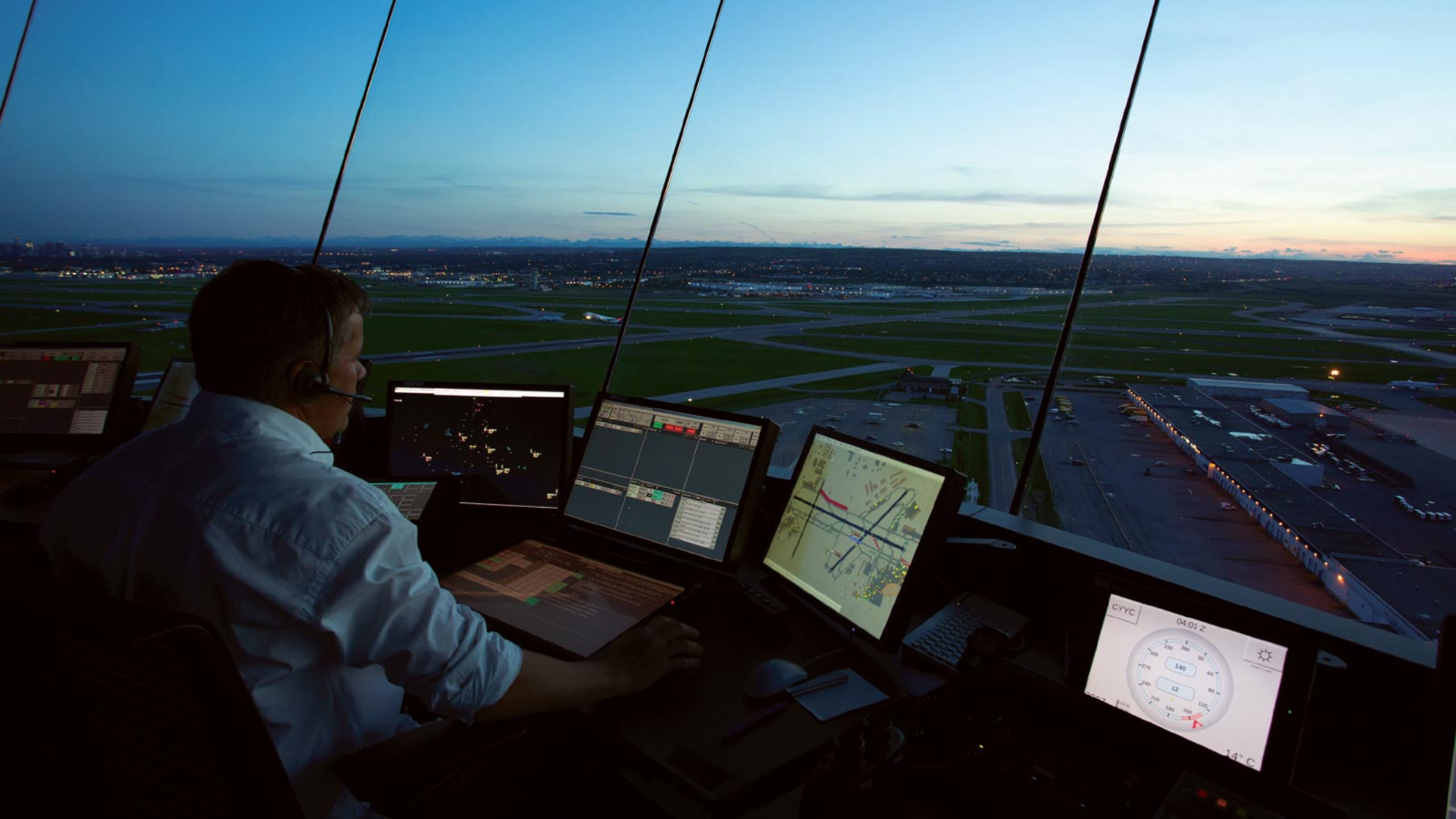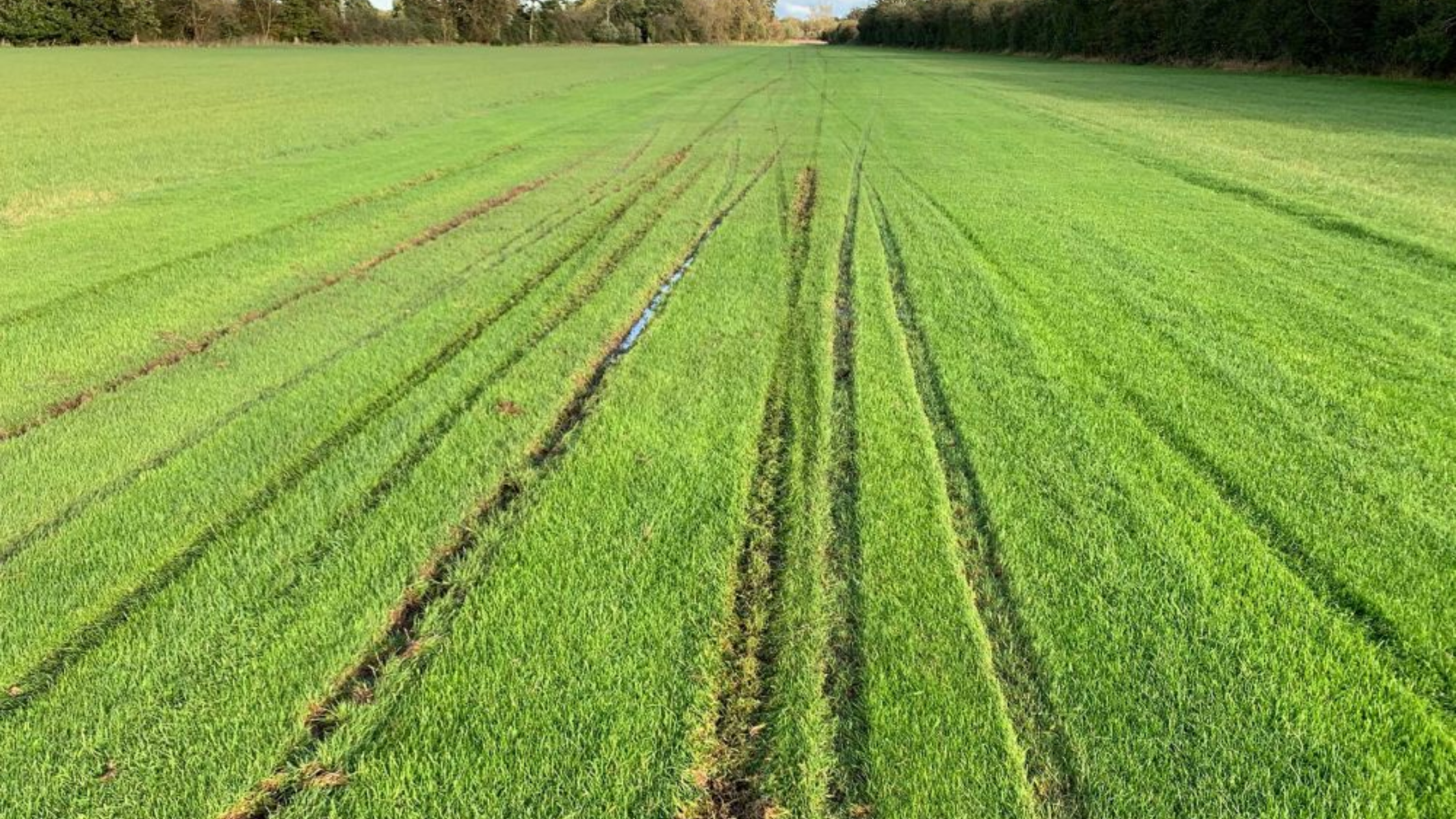Article: A Pilots Guide to Air Traffic Control in the UK

A Pilots Guide to Air Traffic Control in the UK
Understanding Air Traffic Services in UK Skies
If you’ve ever looked up and wondered how all those aircraft manage to stay safely apart, especially in busy UK skies, the answer lies in a well-organised system called Air Traffic Services, or ATS for short. Whether it's a commercial jet cruising at 35,000 feet, a helicopter heading to a rig in the North Sea, or a light aircraft on a weekend hop, there are different levels of service available depending on where you are, what kind of airspace you're in, and what you’ve asked for.
Let’s break down the different types of air traffic services available in the UK, and what each one really means in practice.
1. Air Traffic Control Service (ATC)
This is the one most people think of when they hear "air traffic control". In controlled airspace – like near big airports, or busy high-level airways – ATC gives clearances and instructions to ensure safe separation between aircraft.
There are three main flavours of ATC:
-
Area Control – Think big picture. These controllers handle aircraft cruising between regions, usually at higher altitudes. In the UK, this is primarily done by NATS at Swanwick and Prestwick.
-
Approach Control – They take over as aircraft descend into terminal airspace. They sequence arrivals, manage departures, and hand traffic over to tower controllers closer to the runway.
-
Aerodrome (Tower) Control – These folks run the show at the airport. They manage aircraft on the runways and taxiways, and give clearances for takeoff and landing.
ATC service comes with a guarantee of separation in controlled airspace. If you’re IFR (flying under Instrument Flight Rules), it’s mandatory in most controlled areas. VFR aircraft can be under ATC too, but often opt for other services unless they’re in controlled zones.
2. Flight Information Service (FIS)
This is a more relaxed form of help in the sky. If you're flying outside controlled airspace – like in Class G – you can request a Flight Information Service. You’ll get relevant info like weather updates, nearby traffic (if known), active danger areas, and anything else that could affect your flight.
In the UK, this is often provided by London Information on 124.600 MHz. They're super helpful, especially on those long VFR cross-countries. But remember: they don’t provide separation, and they won't tell other aircraft to move out of your way.
FIS is great for building a bigger picture, but it’s not a traffic avoidance service. You’re still responsible for looking out the window and keeping clear of others.
3. Traffic Service
Now we’re getting a bit more interactive. A Traffic Service gives you a radar-based view of what’s around you. Controllers will provide info on nearby aircraft that could pose a risk based on their surveillance (radar) picture.
Here’s the catch – you still avoid other aircraft visually. The controller doesn’t provide separation; they just give you a heads-up. So, for example, they might say: “Traffic, 2 o’clock, 3 miles, crossing left to right, indicating altitude 2,300 feet.” It’s then up to you to spot it and avoid it if needed.
This service is especially useful when you're flying VFR in busy areas, or in less-than-perfect weather where extra situational awareness helps. To get a Traffic Service, you need to be within radar coverage, squawking with a Mode C or S transponder, and talking to a unit that offers it.
4. Deconfliction Service
This one's primarily used by military and other state aircraft operating IFR in uncontrolled airspace. With a Deconfliction Service, the controller will actually suggest headings, altitudes, or speeds to keep aircraft apart.
Again, it’s based on radar – but unlike a Traffic Service, it’s not just info, it’s guidance aimed at preventing close calls.
Most GA pilots won’t request this, but it's good to know it exists – especially if you’re operating in areas where military flying is active.
5. Basic Service
This is the most… well, basic. No radar. No traffic warnings unless it's really obvious or pointed out by another pilot. Just a listening watch and general information like NOTAMs, weather, or danger area activity.
You might use this when flying in very quiet areas, or just passing through and don’t need much assistance. It’s better than nothing, and in some areas, it’s the only service available.
Worth noting – if you're under a Basic Service and want traffic info, you’ll need to ask for an upgrade to Traffic Service. It’s not automatic.
How it All Works in Practice
In real life, pilots often switch between services depending on their phase of flight. You might start with a Basic Service from a local unit, pick up a Traffic Service en route, then move to full ATC as you enter controlled airspace. Or you might stay with London Information the whole way if you're just bimbling around on a clear day.
The flexibility is what makes UK airspace work, especially considering how much Class G there is compared to some other countries.
The trick is knowing what each service offers – and, just as importantly, what it doesn’t. No point expecting traffic separation when you’re only on a Basic Service, or getting annoyed when London Info can’t tell you about traffic on a nearby airway.
Wrapping Up
The UK’s air traffic system is layered to match different kinds of flying. From full-on ATC in Class A to a chilled-out Basic Service in Class G, there's always some level of support available. Knowing which service to ask for – and when – makes flying safer, smoother, and a whole lot less stressful.
If you're just getting into the swing of VFR navigation, or planning to cross controlled zones, it's well worth brushing up on what each of these services offers. A good call on the radio can be the difference between a relaxed flight and a sweaty one.
Fly safe and keep talking!
Want more posts like this? Let us know what you'd like us to cover next – whether it's airspace types, radio calls, or real-world routing in UK skies.
✈️ Arco Aviation Team

